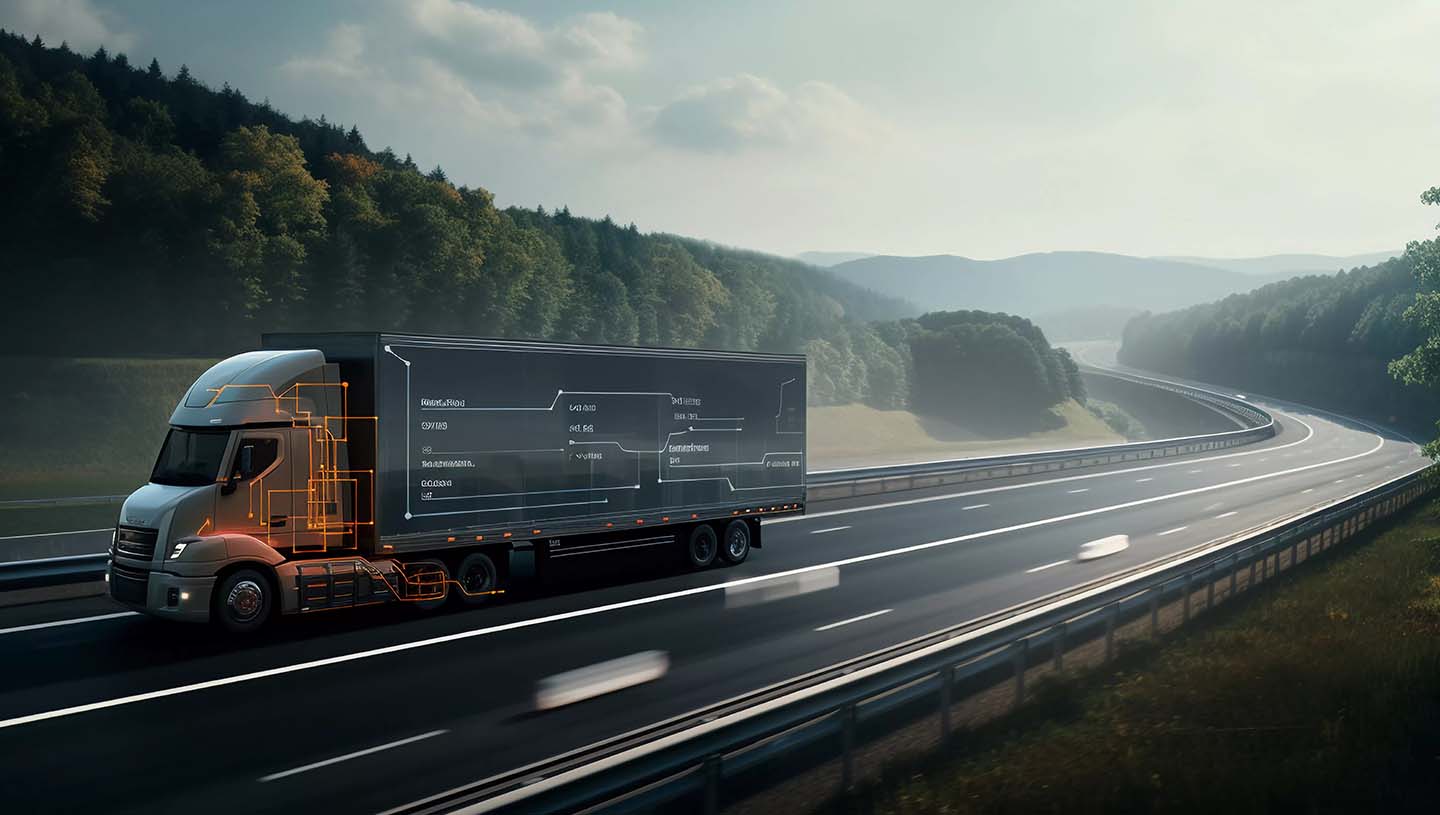
Your Cloud TMS Can Reduce Your Company’s Carbon Footprint
Bannockburn, Ill. – As one of the nation’s biggest emitters of greenhouse gas (GHG) emissions, transportation is a prime candidate for more sustainable, environmentally friendly practices. According to the EPA, the largest sources of transportation-related GHGs include medium-, heavy-, and light-duty trucks. These and other vehicles generated 6.3 billion metric tons of carbon dioxide (CO2) in 2022, or 28% of the nation’s total direct emissions for the year.
These numbers haven’t improved much over the last decade. Between 1990 and 2022, for example, total transportation emissions from fossil fuel combustion increased by 19 percent. Transportation also emits more than 20% of the world’s “black carbon,” while the facilities that support it (e.g., warehouses, DCs and logistics operations) also contribute to the problem.
It’s Time to Act
 Now is an ideal time for logistics, warehousing and transportation operators to embark on their own net zero initiatives focused on reducing emissions to as close to “zero” as possible. Governments are implementing stricter environmental regulations, business partners are demanding more environmental, social and governance (ESG) transparency and customers want to buy from organizations that take their ESG responsibilities seriously.
Now is an ideal time for logistics, warehousing and transportation operators to embark on their own net zero initiatives focused on reducing emissions to as close to “zero” as possible. Governments are implementing stricter environmental regulations, business partners are demanding more environmental, social and governance (ESG) transparency and customers want to buy from organizations that take their ESG responsibilities seriously.
In fact, one SEC Newgate report found that on a global basis, 77% of consumers expect companies to take action on ESG principles, while another report found that nearly 70% of customers want to get more communication about companies’ sustainability efforts.
“With looming regulations and rising stakeholder pressure, now is the time to turn net-zero logistics aspirations into action,” McKinsey & Co., points out. “Companies can think more broadly about their own decarbonization journeys and leverage a broad range of interventions to get to net zero, with a mix of mature and new-but-proven technologies and robust emissions tracking.”
5 Ways to Minimize Your Transportation Emissions
As companies explore new solutions to reduce their carbon footprints, cloud-based transportation management systems like Revenova TMS are working diligently in the background to help organizations achieve that goal. From optimizing fuel consumption to shipment consolidation to deadhead mile reduction, TMS helps streamline transportation operations; automates processes; and provides data analytics and advanced algorithms that support good decisions.
A TMS can also facilitate the integration of electric vehicles (EVs) or alternative fuel sources for fleet owners—further contributing to emissions reduction. Here are five more ways a cloud TMS can help your company reduce its carbon footprint:
- It all starts with accurate tracking. Let’s face it, until the advent of advanced technology, most companies probably didn’t track or understand the environmental impact of their transportation networks. Today’s systems offer the data analytics, advanced algorithms and benchmarking data needed to make better choices and begin to reduce CO2 emissions. “When you have data on the equipment that’s moving your freight, there are standard metrics that you can use to calculate the carbon output those shipments are generating,” says Mike Horvath, COO at Revenova, which utilizes direct electronic logging device (ELD) integration and engine telemetry to get “very specific about exactly the type of emissions that are being associated with any given freight movement.”
- Consolidate those loads. By Uber Freight’s estimates, anywhere from 20%-35% of the trucks traversing America’s roadways are empty—a number that the company says is probably underreported. Industry fragmentation is partly to blame, namely because 91% of active interstate carriers operate 10 trucks or less. Load consolidation is one answer to the problem, and a TMS is well equipped to help out in this area. The software can analyze shipment volumes, delivery locations, vehicle capacities and other data and then use it to optimize transportation routes. By combining shipments, TMS helps reduce the number of trips required, effectively minimizing fuel consumption and emissions. “Simple steps like using one truck for five stops versus using five different trucks can create a significant positive impact,” says Horvath.
- Switch up your modes. Companies use mode shifting to reduce environmental impact, improve efficiency and/or lower costs. For example, you might shift from full truckload to rail for long-haul shipments, or from air freight to ocean freight for overseas shipments. These moves not only help optimize the supply chain, but they can also help your company take advantage of modes that generate fewer GHGs.
- Get creative with it. Even if reducing carbon emissions to zero is impossible, there are steps you can take to offset the GHGs that your supply chain is generating. Moving product closer to your end consumers, for example, helps to shorten the final mile of the supply chain and reduces the need for longer hauls. Or, instead of shipping from one or two expansive warehouses, you can use a “distributed warehouse” scenario and then use electric forklifts in those facilities to further offset your transportation emissions.
- Buy carbon offsets. Carbon offsets involve an entity that emits greenhouse gases into the atmosphere paying for another entity to pollute less. For example, an airline in a developed country that wants to claim it is reducing its emissions can pay for a patch of rainforest to be protected in the Amazon. In theory, this move would help “cancel out” the airline’s pollution. Salesforce offers a net zero solution that allows companies to purchase carbon offsets, while Revenova TMS calculates how much carbon you’re generating. “Then, you can purchase the offsets and use them to work toward your own organization’s net zero goals,” says Horvath.
Striving for Effective, Efficient Freight Movement
Horvath sees significant opportunities ahead for companies that want to use their TMS and other strategies from this article to lessen their environmental impact, particularly when it comes to transportation, logistics and warehousing. “Start by tracking your current activity and then use your TMS’ optimization tools to establish good freight planning strategies,” he recommends. “Your ultimate goal should be to always move your trucks as efficiently, effectively and sustainably as possible.”
To learn more about Revenova TMS Request a Demo. Follow Revenova on LinkedIn, YouTube, and X (formerly Twitter) for the latest updates and news about Revenova TMS, the original CRM-powered Transportation Management System.




